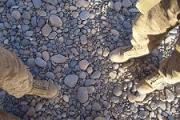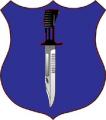Washington (CNN) -- The once-ubiquitous Humvee may become a rare sight in some parts of Afghanistan following a decision by the senior U.S. commander in eastern Afghanistan to restrict the use of the vehicles in the field.
Maj. Gen. John Campbell, commander of Joint Task Force-101, ordered this week that the use of Humvee vehicles outside a military base would have to specifically be approved by a colonel -- one of the most senior field grade positions in the military.
Prior to this, the use of High Mobility Multipurpose Wheeled Vehicles (HMMWV, or Humvee) had to be approved by a lower-ranking officer, according to Task Force spokesman Maj. Patrick Seiber.
...



















Bookmarks